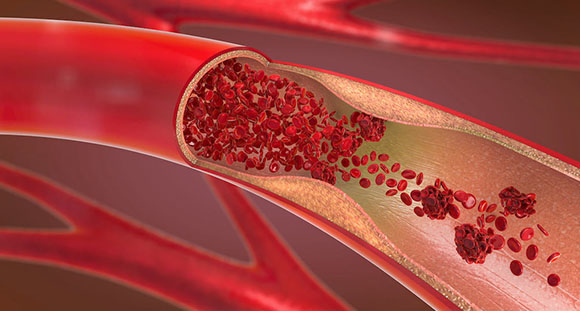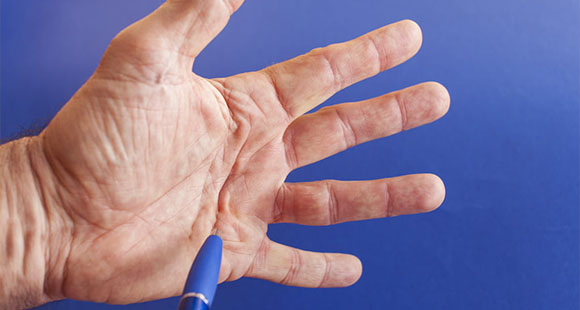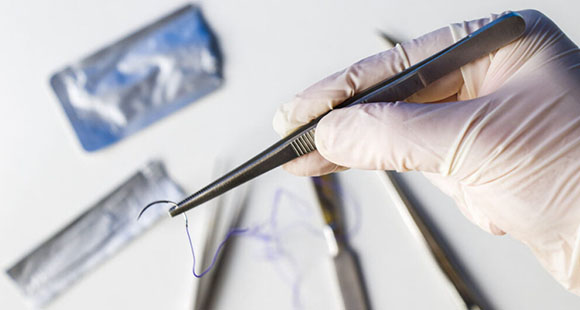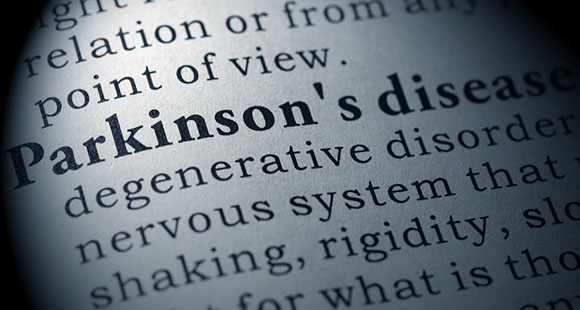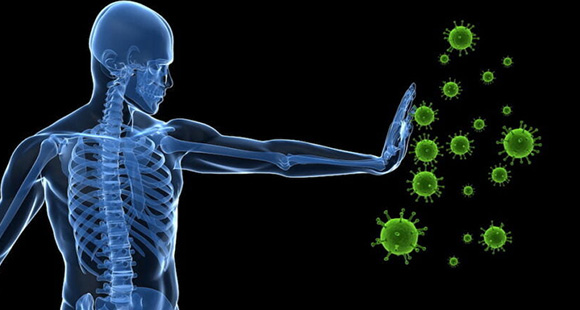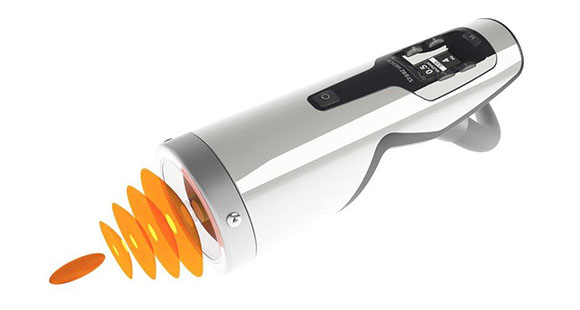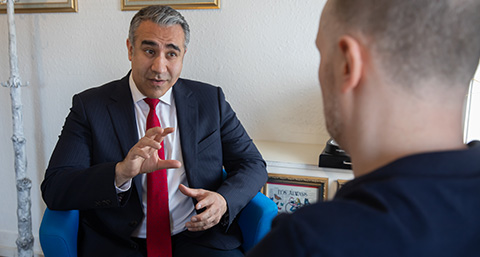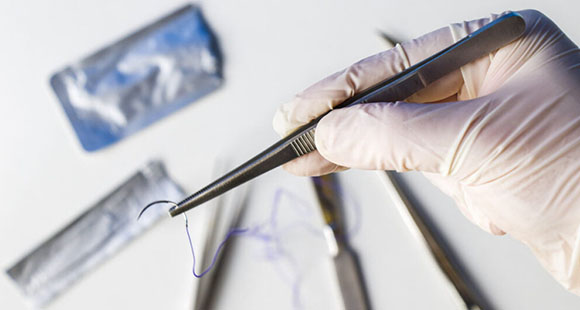
Men's Health & Penile Implant Alternatives
Penile implants, also known as penile prostheses, are typically considered a final option for individuals experiencing erectile dysfunction (ED) or Peyronie's Disease (PD) and are usually recommended when other treatments have not provided sufficient results.
Find out more how MansMatters can help you.
Contact us for a complimentary 20-minute consultation with our men's health specialists.
Arrange a Free Telephone Consultation
Book a Treatment or Diagnosis
Receive More Information
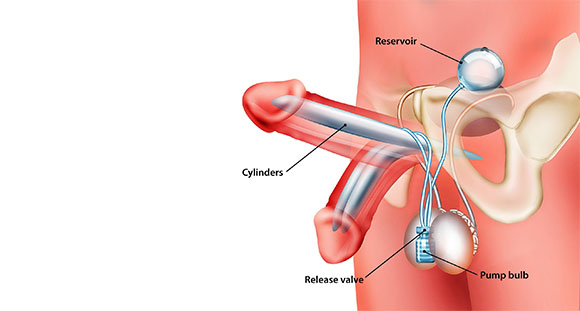
What Is a Penile Implant?
Penile implants, or penile prostheses, are typically considered a final option for individuals experiencing conditions such as erectile dysfunction (ED) or Peyronie's Disease (PD) and are generally recommended when other treatments have not been effective.
For ED, implants may be suggested when traditional therapies have not provided the support needed to achieve a reliable response. In cases of PD, they are considered only when curvature or structural changes are pronounced, and when other treatments, including non-invasive or minimally invasive options, have not resulted in sufficient improvement for a satisfying intimate experience.

The three primary types of penile implants are:
Inflatable Penile Implants (IPPs)
- These are the most common type of penile implant used today.
- IPPs consist of two inflatable cylinders implanted in the penis, a fluid reservoir placed in the abdomen or scrotum, and a pump located in the scrotum.
- To achieve an erection, the patient manually activates the pump, which transfers fluid from the reservoir to the cylinders, creating rigidity in the penis.
- After sexual activity, the fluid is returned to the reservoir to deflate the implant.
Semi-Rigid or Malleable Penile Implants
- These penile implants consist of two flexible rods that are surgically implanted within the penis.
- Unlike inflatable implants, semi-rigid implants are always partially firm and can be bent into an erect position when needed.
- They are generally simpler in design and operation but lack the ability to achieve the same level of flaccidity as natural erections.
Three-Piece Inflatable Penile Implants
- These are similar to IPPs but have an additional component: a pump that is placed in the scrotum, separate from the reservoir.
- This design is intended to offer more discreet and intuitive operation, as the patient can pump the implant to achieve an erection and then release the fluid back into the reservoir to deflate it.

Choosing the Right Penile Implant
The choice of implant type depends on factors such as the patient's anatomy, the surgeon's expertise, and the patient's preferences regarding the level of control and concealment of the device. Surgeons typically consider these factors and work closely with their patients to determine the most suitable implant option to address their individual needs and goals for sexual function.
Each type of implant has its own advantages and potential drawbacks, so a thorough discussion with a urologist who specializes in sexual medicine is essential to make an informed decision about which type of penile implant is right for a specific patient.

Negative Consequences of Penile Implants
It's important to note that many men have successful outcomes with penile implants, and these devices can greatly improve their quality of life when other treatments for ED have failed.
However, it's crucial for individuals to have a thorough discussion with their healthcare provider, including a urologist specializing in sexual medicine, to fully understand the potential risks and benefits of the procedure.
- Like any surgical procedure, there is a risk of infection at the surgical site, which may require antibiotics or further surgery to treat. Additionally, it is wise to check out the success rates of your surgeon.
- Device malfunction and mechanical failure is also a possibility with the penile implant. Normally a penile implant is given a life of around 15 years, but failure can happen earlier, and like any machinery, they can malfunction. Mechanical failures may require additional surgery to repair or replace the implant.
- Device Erosion or Extrusion – In some cases, the implant may erode through the skin or push through the lining of the penis, leading to discomfort or infection.
- If the implant has been undertaken by the NHS, then the waiting time for an implant can be several years. If mechanical failure does happen, then the replacement of the entire device is normally necessary. The majority of mechanical failures occur due to the fluid loss from the various components of the penile prosthesis.
- Other major negative consequences of a penile implant include, corporal crossover, corporal perforation, urethral injury, bladder injury, vascular injury, visceral injury, haematoma, etc. (hyperlink: https://www.ncbi.nlm.nih.gov/pmc/articles/PMC8483239/ )
- Pain, Discomfort and Scarring – Pain during Erection: Some men may experience discomfort or pain during an erection, especially in the initial recovery period. Scarring: The surgical procedure can result in scarring, which may affect the appearance of the penis.
- Reduced Penile Length – In some cases, men may experience a slight reduction in penile length after implantation. This is usually due to the way the device is inserted and positioned.
- Psychological and Emotional Effects – It can take time for men to adjust to having an implant, and some may experience psychological and emotional challenges related to the surgery. Some men may experience changes in self-esteem or body image, particularly if they perceive the implant as a reminder of their ED.
- Inability to Achieve Natural Erections – Penile implants provide an artificial means of achieving an erection, and some men may miss the spontaneity and naturalness of a regular, unassisted erection.
- With Peyronie's Disease operations – the penis is shortened to balance both sides and circumcision is usually necessary. This can lead to a significant shortening of the penis by up to 5 cm and going to the lavatory can take a lot longer than before.
- When a man has a natural erection, he feels the urge and a rush of blood enters his penis. In layman's terms, he is ‘turned on'. When a penile implant is placed inside him, this urge is lost forever. But on the flip side, the man never has to lose an erection again.
- Finally, men with implants will lose sensation. For some men, they may have lost sensation before they have the operation so it might not be as great a consideration, but unlike non-invasive treatments like shockwave therapy, which can increase the sensation, with penile implants the reverse is true. What's more, some men report increased difficulty in achieving ejaculation.
Contact us now or carry on reading to find out about penile implant alternatives.


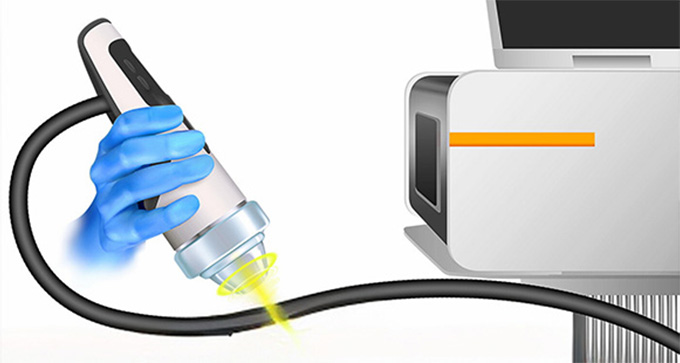
Penile Implant Alternatives
For the treatment of men's sexual issues, our approach is different.
We understand the risks that are associated with surgical invasive treatments and instead provide a range of risk free non-invasive penile implant alternatives. Our treatment protocols for male sexual conditions like ED or PD include, focused shockwave therapy, Extracorporeal MagnetoTransduction Therapy (EMTT), NanoVi, Photoactivation and Functional Magnetic Stimulation.
Together, these unique treatment combinations work wonders in improving men's ability to obtain a strong erection and minimise penile curvature.
Shockwave therapy utilises special shockwaves to generate new blood vessels, break down penile plaques and increase blood flow in the penis. EMTT further enhances the blood circulation and increases intercellular communication. NanoVi technology promotes the overall health of the penis by repairing cell damage and DNA of those cells.
Additionally, the erection capability and sexual satisfaction of patients will get further enhanced by undergoing our functional magnetic stimulation, which targets deep muscle structures, triggers the motor nerve system of the body and stimulates the muscles to contract through the usage of electro-magnetic energy.
Using these state-of-the-art penile implant alternatives, we have successfully managed to treat thousands of men suffering from ED or PD.
Penile implant surgery is a complex procedure and any man considering this should check on the experience of the surgeons involved. There are a select group of highly experienced urologists that specialise in this technique. But prior to engaging in life changing surgery, it is recommended that you exhaust all non-invasive methods first.

Penile Implant Alternatives FAQs
What Is a Penile Implant?
A penile implant, also known as penile prostheses, is a mechanical device which is implanted into a man’s penis, scrotum, and lower abdomen. Usually when all other traditional treatments for ED and PD fail, then penile implant surgery is proposed.
Is a Penile Implant Useful in Treating ED and/or PD?
When traditional non-invasive and minimally invasive treatments fail to treat ED or PD, then a penile implant is considered as the last resort and an effective way for a man to enjoy a sex life once again. However, there are some drawbacks associated with this treatment procedure.
How Many Types of Penile Implants Are There?
The are three types of penile implants. They are Inflatable Penile Implants (IPPs), Semi-Rigid or Malleable Penile Implants and Three-Piece Inflatable Penile Implants. From these options the IPPs is the most commonly used. All these penile implant men to achieve a full erection whenever they like.
Is a Penile Implant a Primary Treatment For ED?
No, penile implants are not considered as the primary treatment for ED. Primary treatments for ED start with tablets and penile pumps and progress to treatments like shockwave and even stem cell therapy. Highly Invasive procedures such as penile implant surgery is only considered when all other treatments fail and there are no other options.
Can a Penile Implant Be Useful for the Treatment of PD?
Yes, it can be useful. However, just like ED, it is not considered as a primary treatment for PD. A penile implant is proposed only when all other treatment procedures fail to minimise the curve and straighten the penis of PD patients.
Are There Any Side-Effects to a Penile Implant?
There are no invasive treatment procedures that do not have potential risks. Penile implants are mechanical devices and like all mechanical devices they can wear out or malfunction. and once you have had the operation it is not reversible. This is why this procedure is considered only when there are no other viable options.
Are There Other Risk Factors Associated with Penile Implants?
This process can have some significant negative consequences. The most important one is the loss of sexual urge. Loss of sensation is also a major drawback to this procedure. When it is used to treat PD, the length of the penis can become significantly shorter. Some other notable side-effects of a penile implant are, cylinder erosion, urethral injury, glans necrosis, visceral injury, bladder injury, infections, and vascular injury.
Why Are Non-Invasive Penile Implant Alternatives More Desirable Than Penile Implants?
Generally, non-invasive treatment procedures are more desirable than invasive surgical options. This is because non-invasive treatments have far fewer side-effects and are relatively much easier to undergo, allowing the majority of men to have their sexual life restored to what it was previously. For example, in the context of ED or PD treatment, shockwave therapy is a painless treatment option and has no major side-effects. While a penile implant can cause the loss of sensation, shockwave therapy can actually increase it.
Which Non-Invasive Treatments Do You Recommend for the Treatment of Male Sexual Issues?
We only recommend non-invasive treatments such as shockwave therapy, EMTT, the use of the Tesla Chair and NanoVi. These procedures are extremely effective and have no major side-effects whatsoever. Using these revolutionary treatments, we have successfully treated thousands of men suffering from ED, PD and other sexual issues.
Knightsbridge
Richmond
Related Medical Conditions
Lifestyle
Men's Health
Erectile Dysfunction & Other Conditions
Useful Links
MansMatters is a Division of:

Privacy Policy | Terms & Conditions

